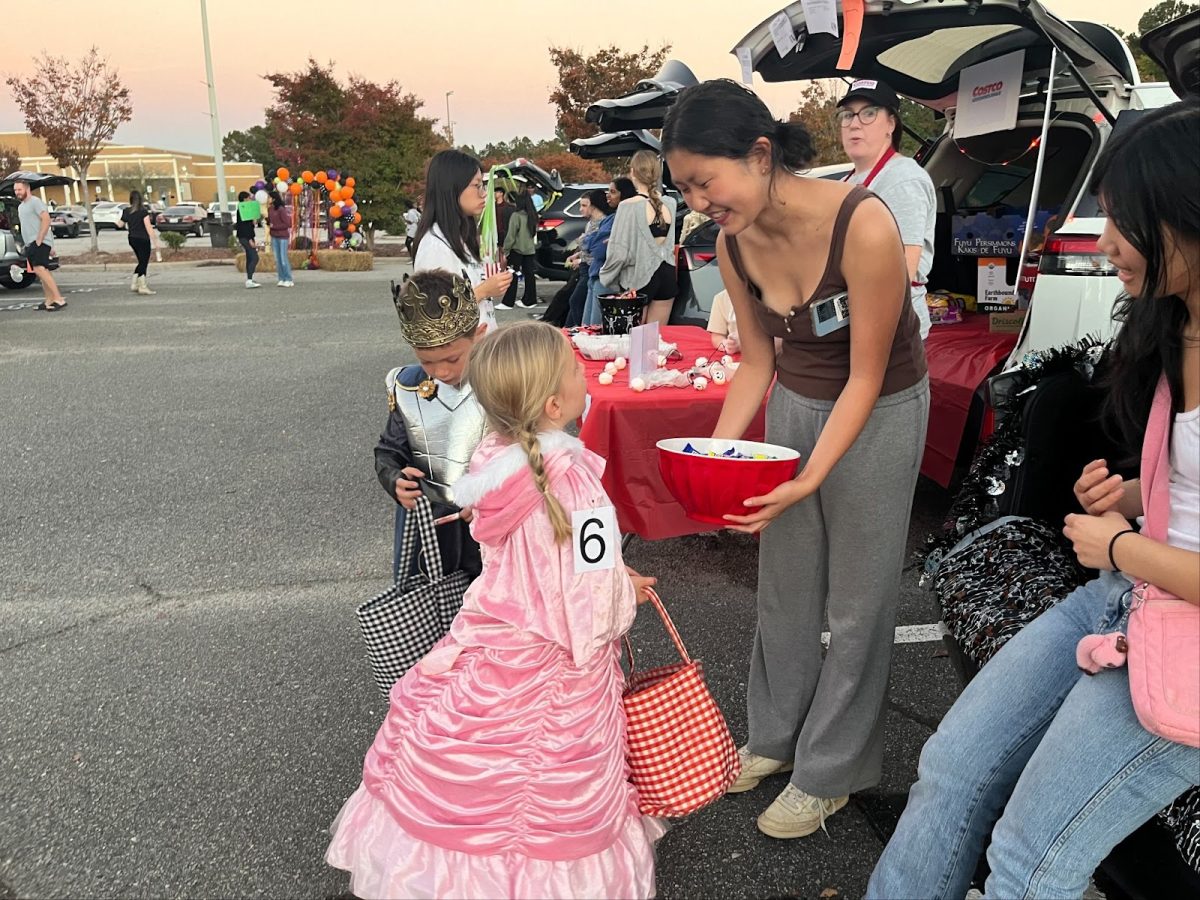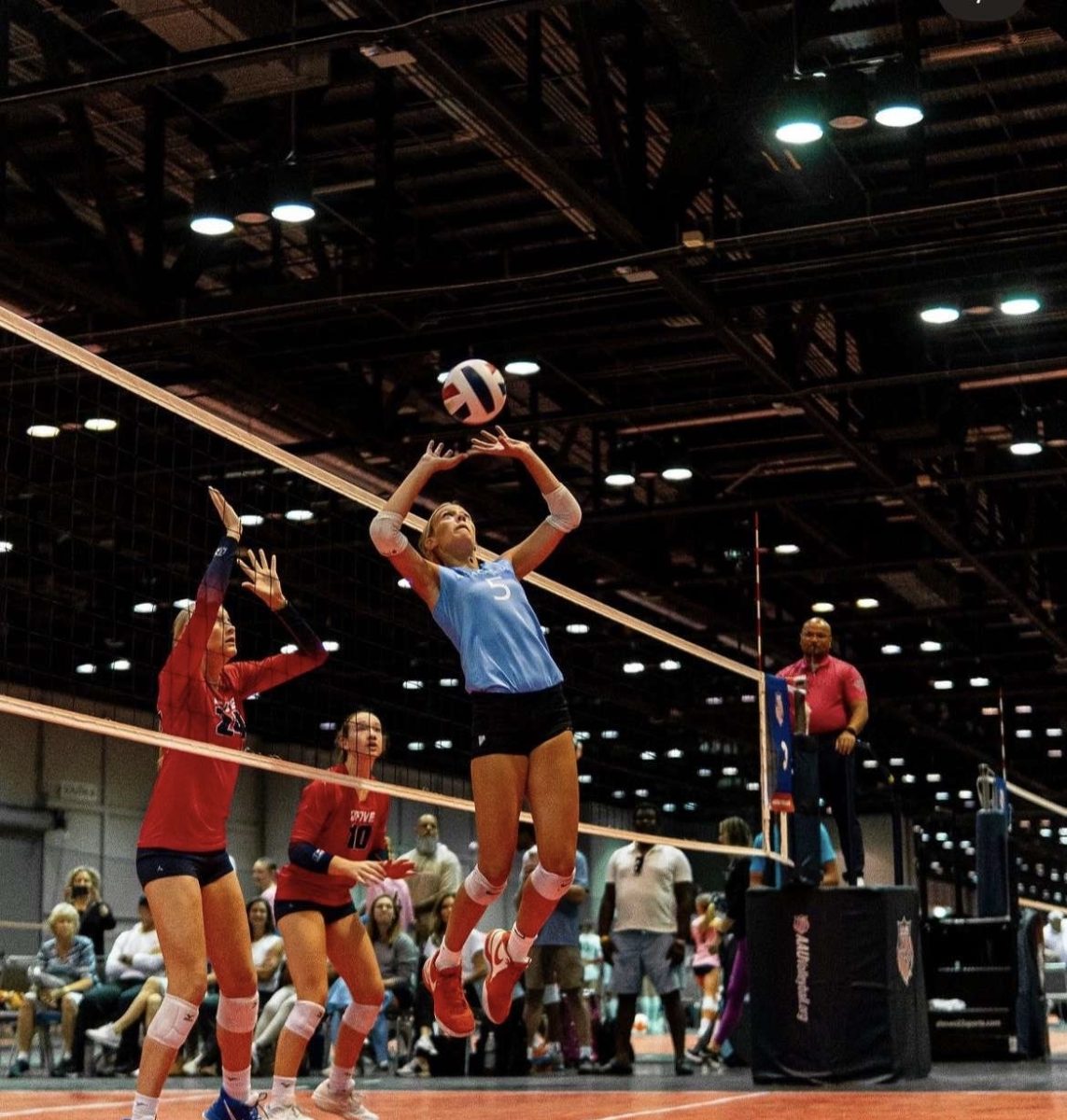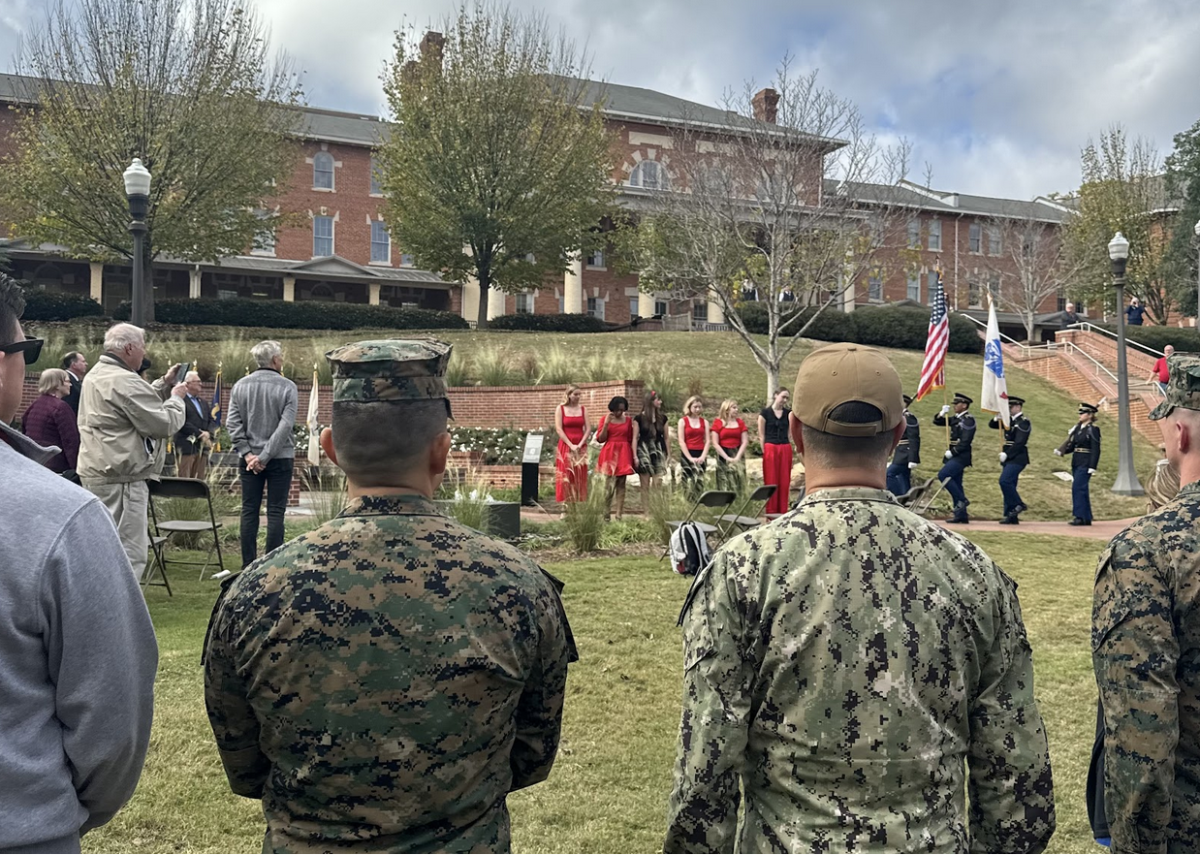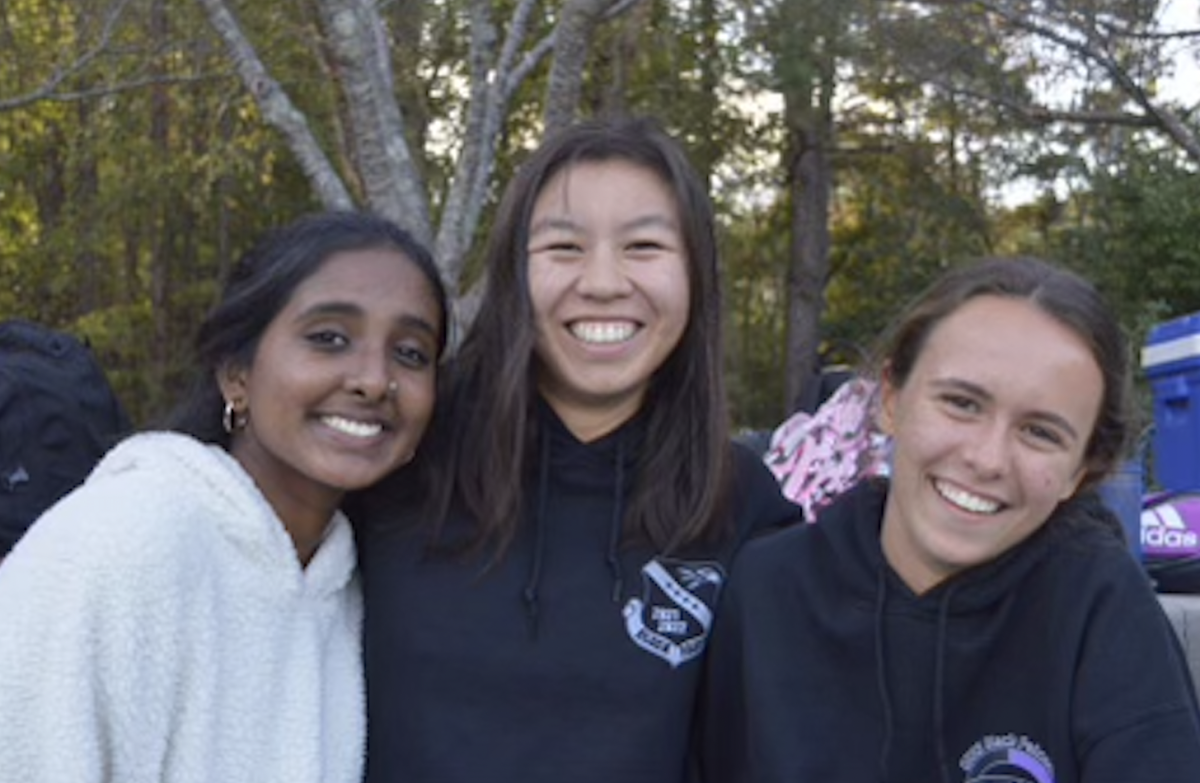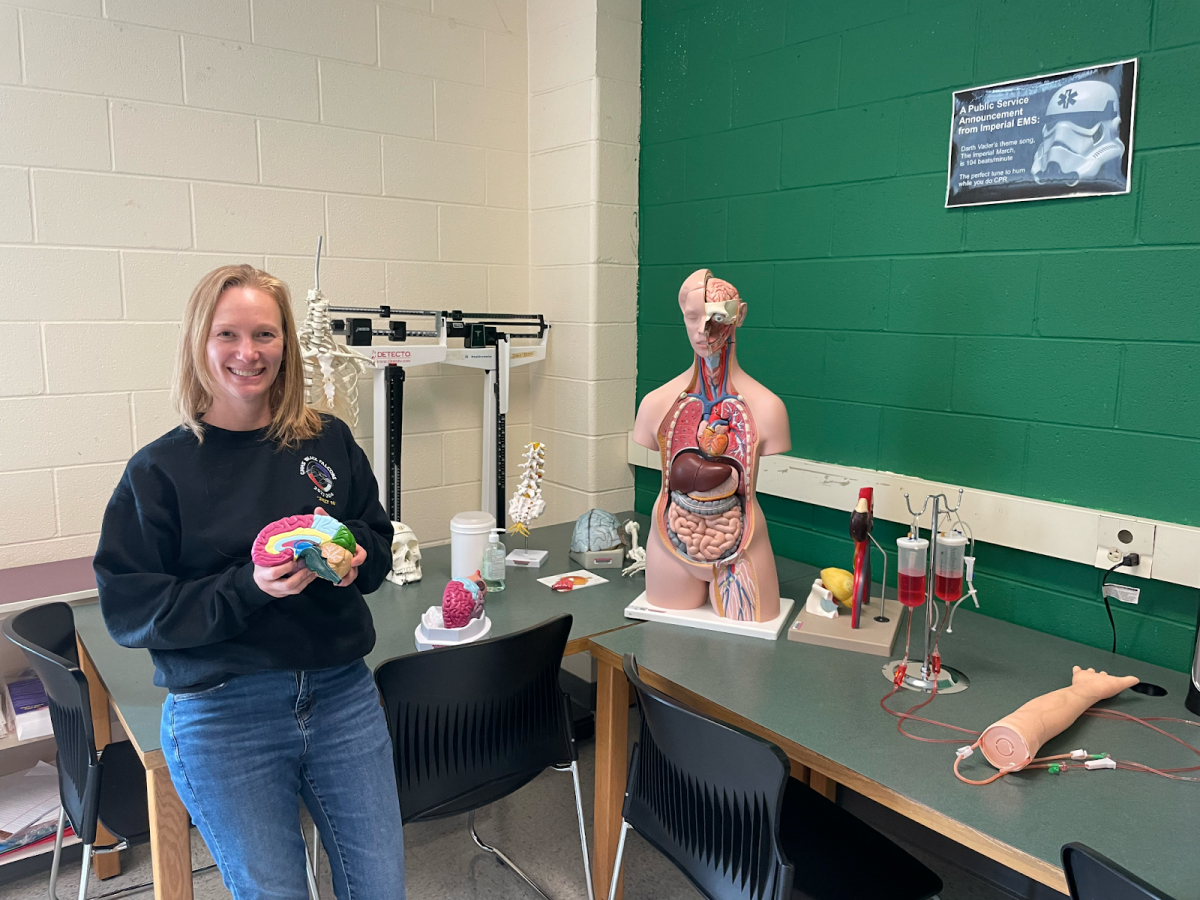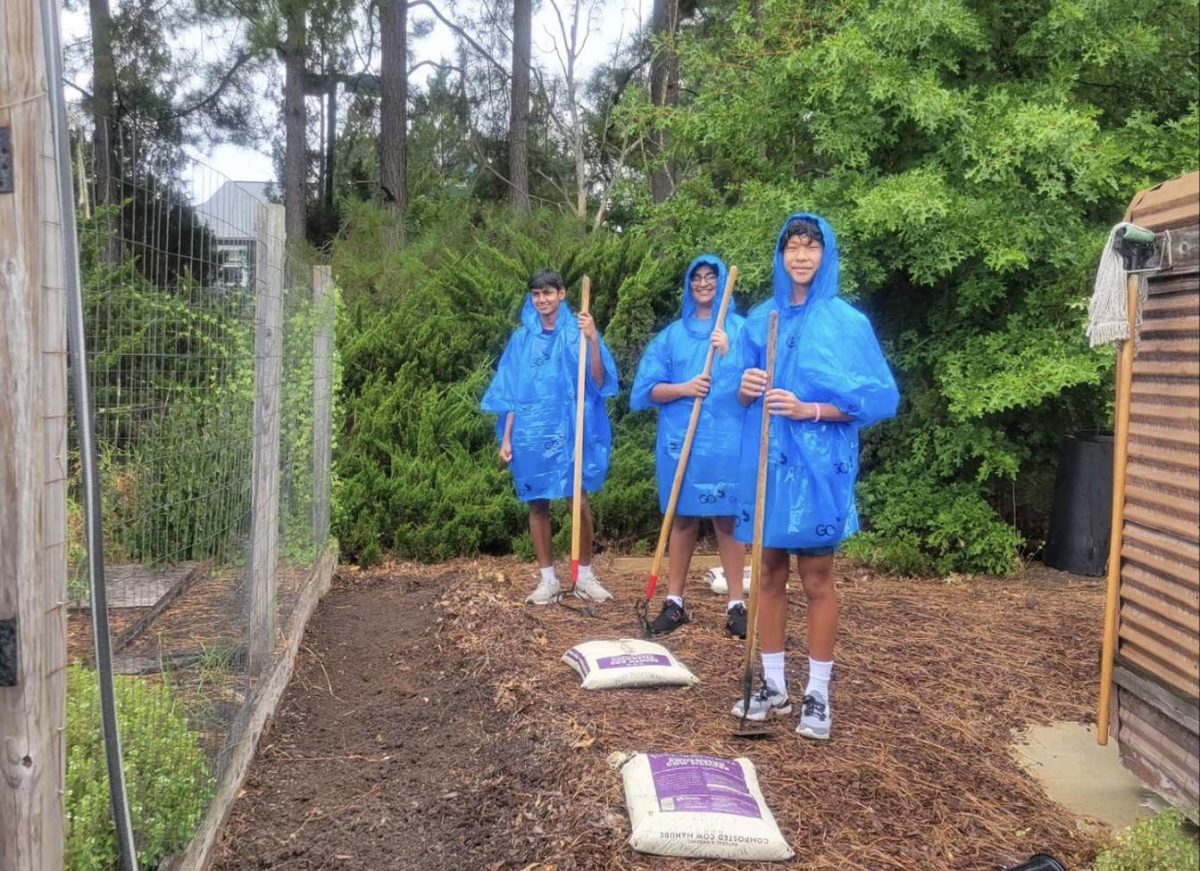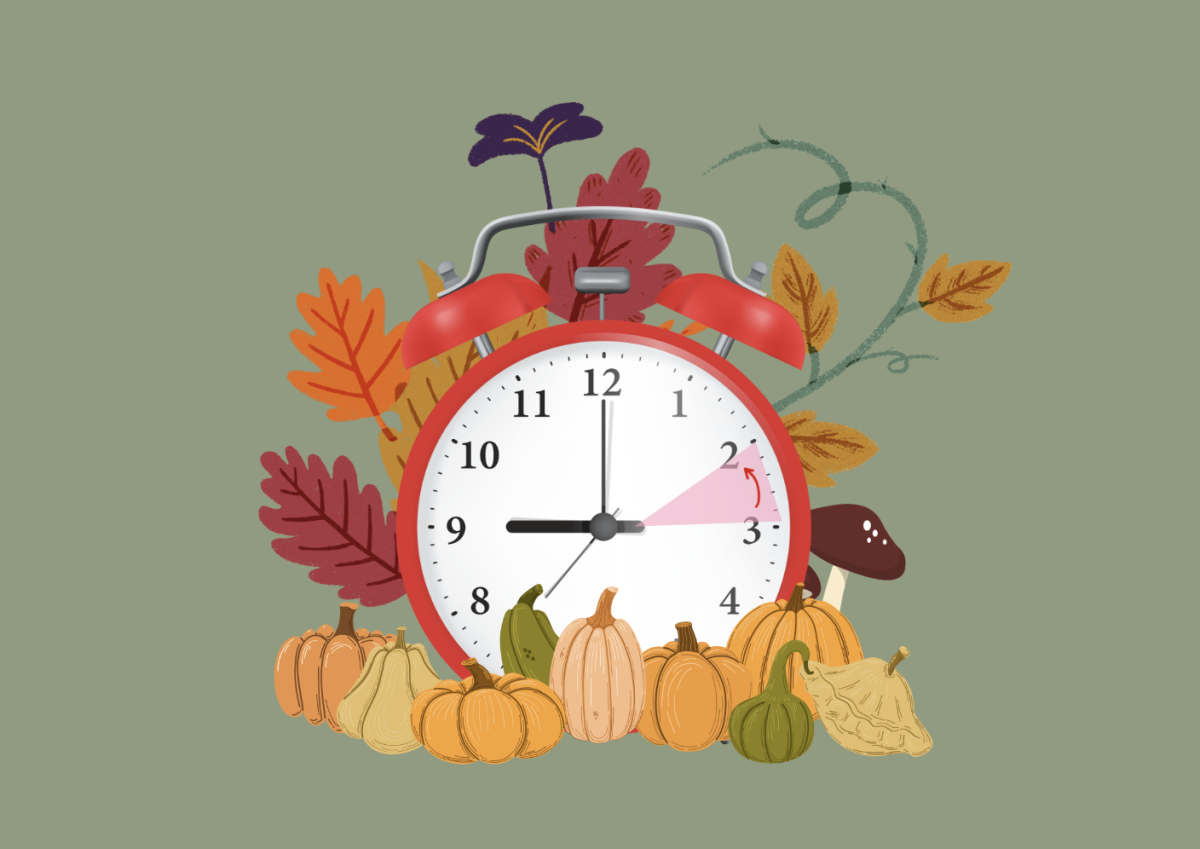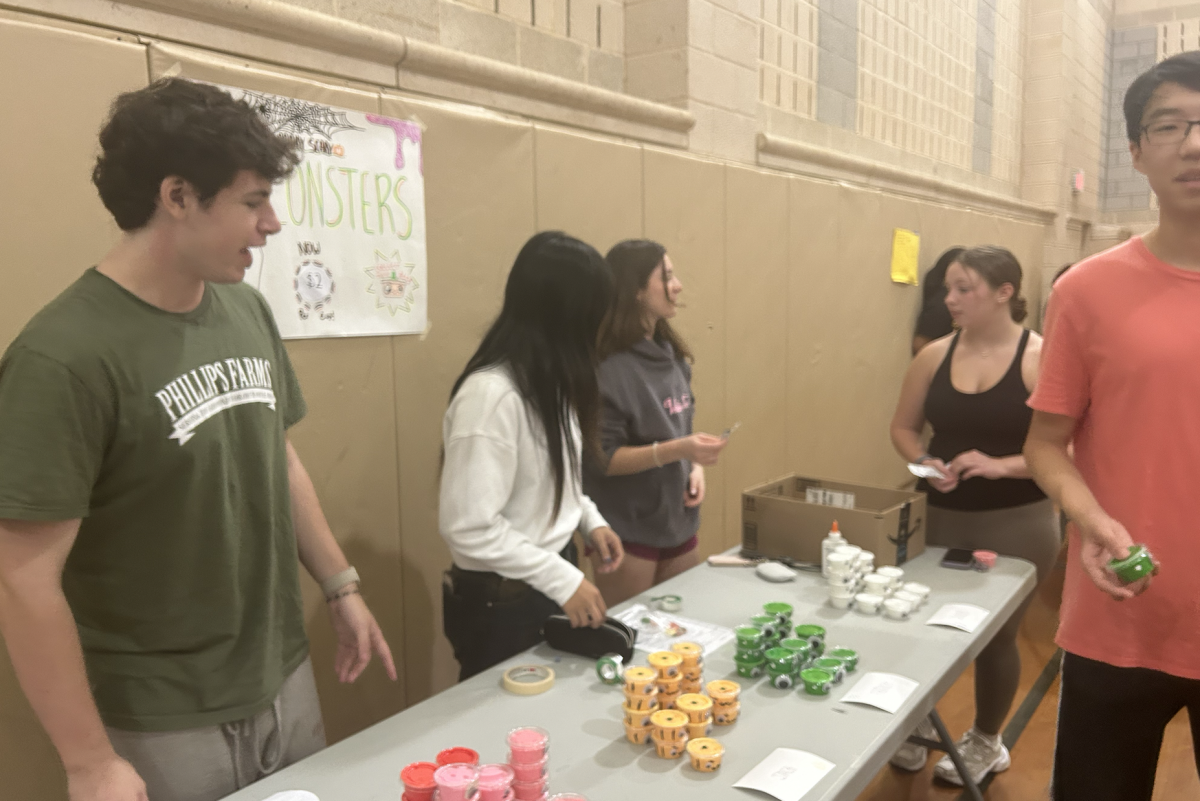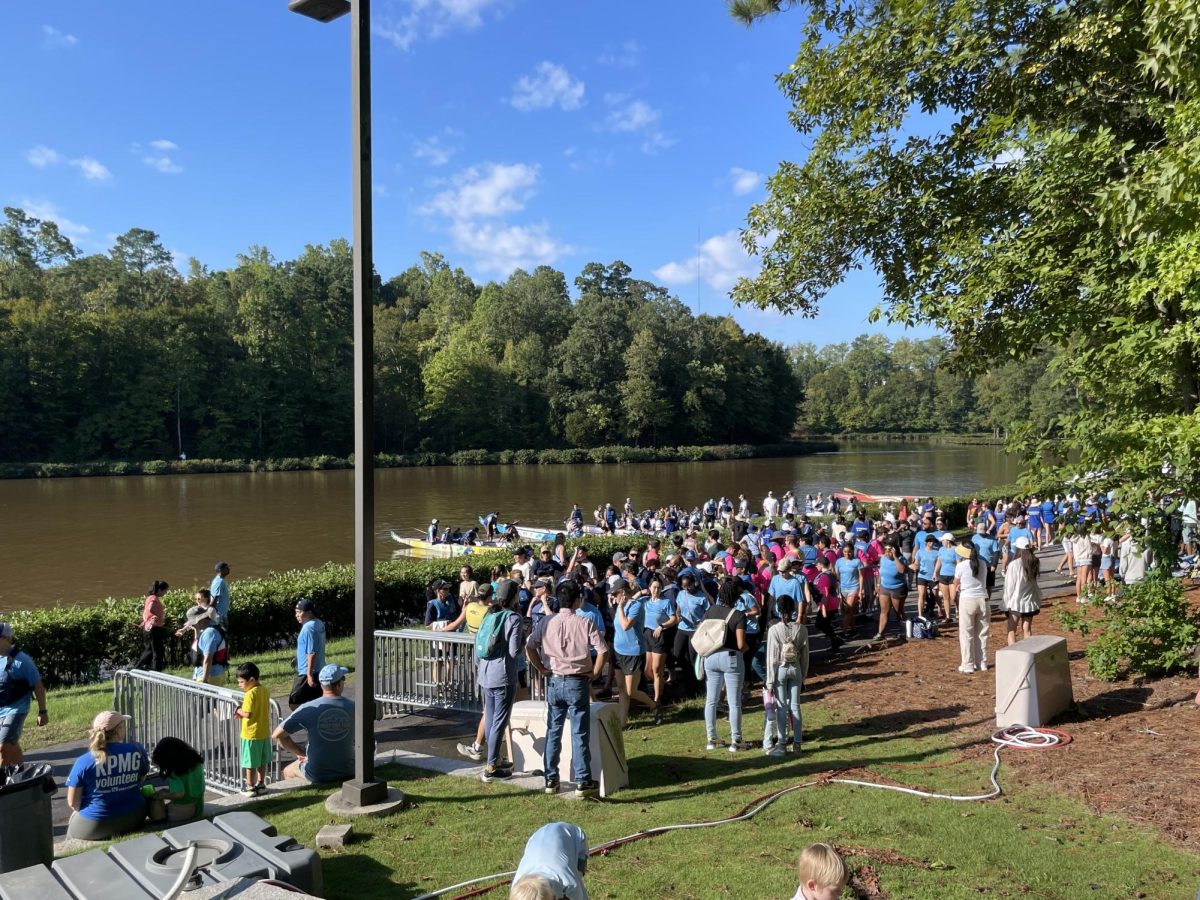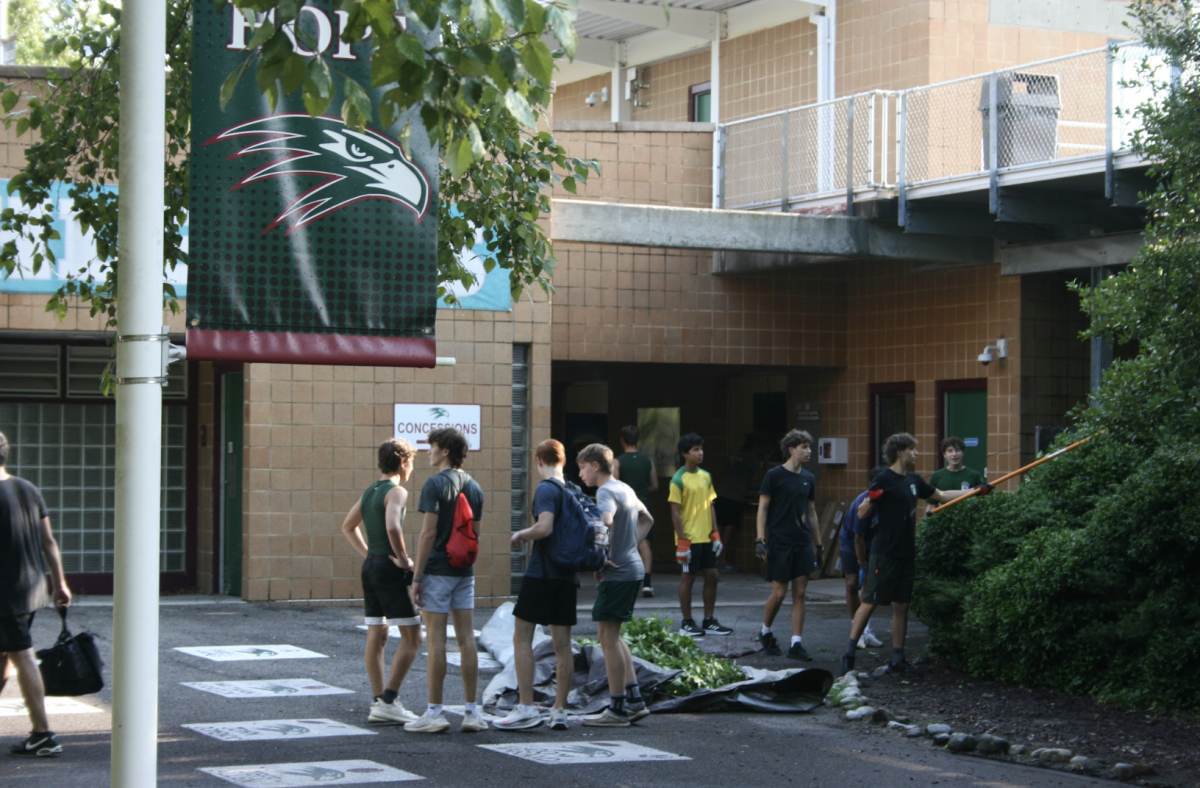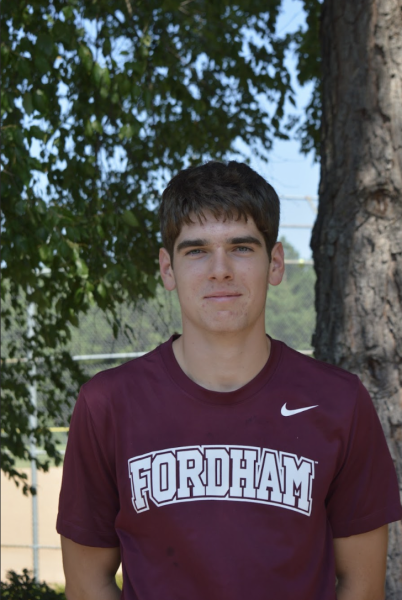While most students agonize over SAT scores and their GPAs during their junior year, student-athletes are presented with an entirely different set of challenges after the calendar hits June 15th. On top of typical junior year stressors, athletes have to traverse the taxing recruitment process as well. Navigating endless camps and tournaments while juggling academics, extracurriculars and friendships can be overwhelming.
Finding a college that has not only a good sports program but also an overall right fit isn’t easy. When it comes to such a pivotal moment, it seems like there’s no way around stress. The recruiting process is only getting harder as more and more high school athletes strive to take their skills to the next level. Though competition is growing, the NCAA recently decreased the number of roster spots for many sports at Division I schools.
Mason Dean (‘25), a recent baseball commit to Fordham University in New York, described recruiting as simultaneously stressful and exciting. “When it was over, it was a relief knowing it was over and that I’d found the right school for me.”
Dean highlighted negative emotions that can result from the recruiting process and vague responses from coaches. “It can be a frustrating process at times. It can be frustrating when you go out to a camp and do your best, but don’t get back a definitive answer of yes or no.”
The recruiting process is not clear cut, and many athletes feel like nothing is in their control. The work that athletes put in is definite, but interest from coaches is not. Coaches receive dozens to hundreds of emails from eager athletes daily, and many athletes feel like it’s impossible to stand out.
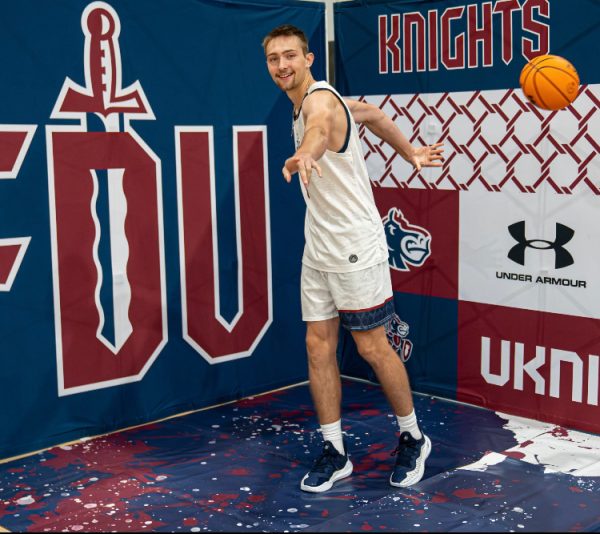
Kody Frey (‘25), a Fairleigh Dickinson University basketball commit, like Dean said that the recruiting process can be summed up as long and stressful. “There’s so many coaches that you’re talking to at once, and it can be rough.” When asked if there is pressure for athletes to go D1, Frey responded, “I would say so. There’s also pressure to get scholarships or full rides.”
Another factor that adds to recruiting stress is that many athletes feel immense pressure to play Division I, yet the competition keeps growing stronger and larger. The number of high school varsity athletes has swelled to eight million, but college roster spots are shrinking. Less than seven percent of varsity athletes are accepted into a college sports program, and even less than two percent are accepted to Division I schools.
Green Hope alumni Sophia Kruczko (‘21) shared her opinions on the recruiting process. “The competition was tough when I got committed to East Carolina for volleyball a few years ago. Since then, it’s gotten even more cutthroat,” she said. “Sports are evolving. They’re getting bigger and more serious. There are more athletes with greater talent than just a decade ago.”
Kruczko discussed the struggles of balancing two different worlds – academics and athletics. “I took multiple AP courses in high school, so I was constantly cramming homework between practices and workouts. It was doable, but definitely a challenge,” said Kruczko. Even though she was able to balance the two, her social life took a hit. “I didn’t have much time left over to hang out with friends.”
Student-athletes are students first, athletes second. On top of sports, athletes have to keep their grades up to par. Academic struggles are a primary stressor of student-athletes, making up 52.8 percent of their reported anxiety. The recruiting process occurs during junior year, meaning that athletes have to knock out various tests like the SAT and ACT while trying to improve their athletic performance.
A rise in competition, pressure to excel in the classroom and the court and financial concerns all contribute to anxiety among student-athletes. The commitment process is unpredictable, and unrecruited athletes are unsure if they will be picked by a college that is the right fit for them, or chosen at all. If the recruitment process doesn’t change, student-athletes will continue to battle with feelings of fear and stress.








